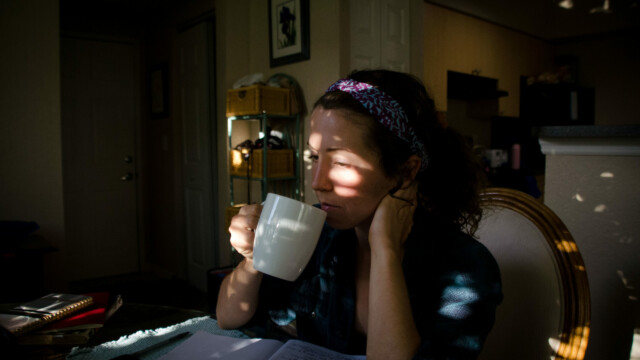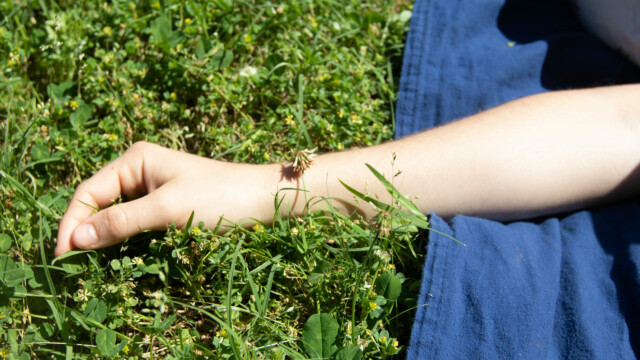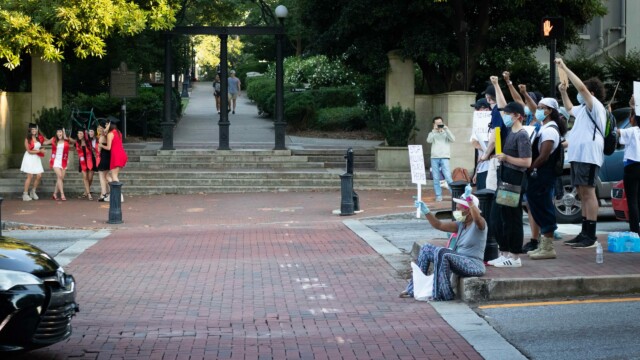Shelter Projects is a new program organized by The Willson Center for Humanities and Arts in partnership with the UGA Graduate School, UGA Arts Council, Franklin College of Arts and Sciences, and Flagpole. This program celebrates graduate students and community-based artists and practitioners who are creating meaningful reflections on their experience of the current pandemic through the arts and humanities.
When he’s not tracking the migration patterns of coastal butterflies for his Master’s research at UGA’s Warnell School of Forestry & Natural Resources, Krishna Sharma finds beauty through photography and poetry. For his Shelter Project, shared here below, he has created a captioned photo essay of life during quarantine that spans from the early days of sheltering in place to the widespread Black Lives Matter protests.
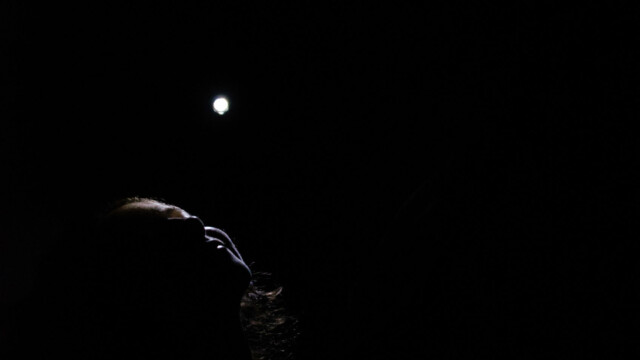



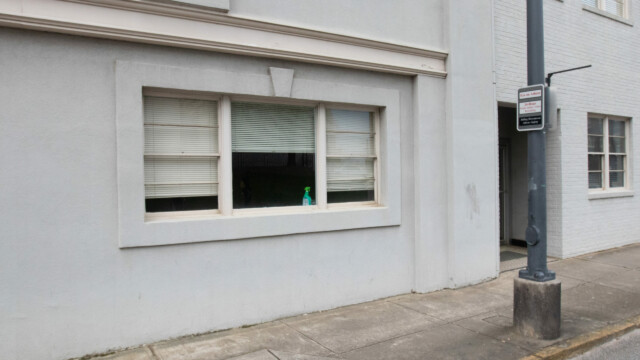

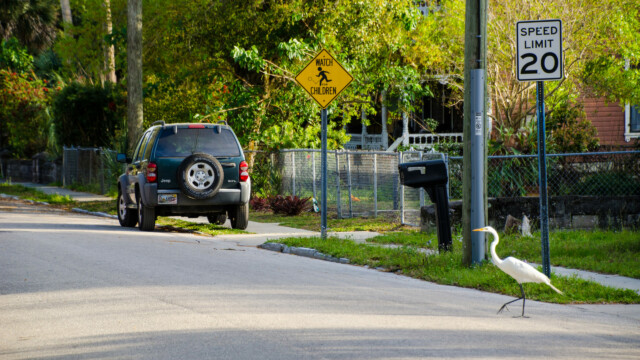

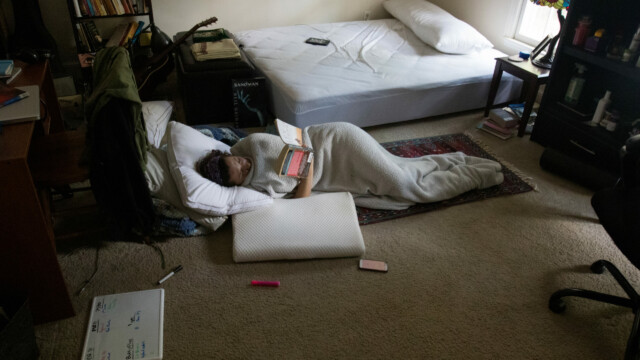
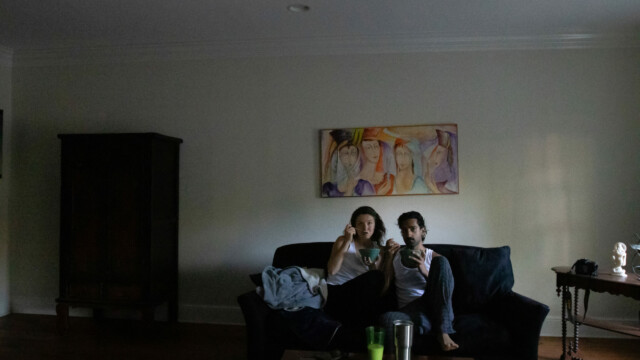

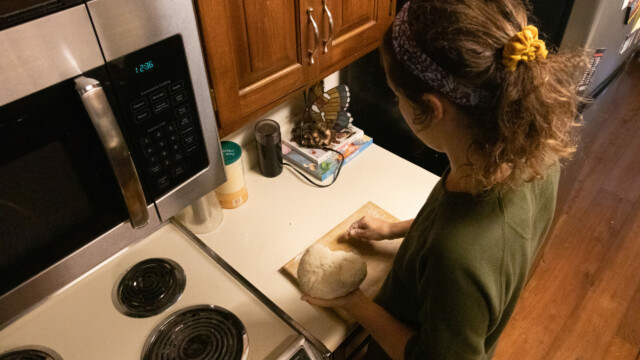
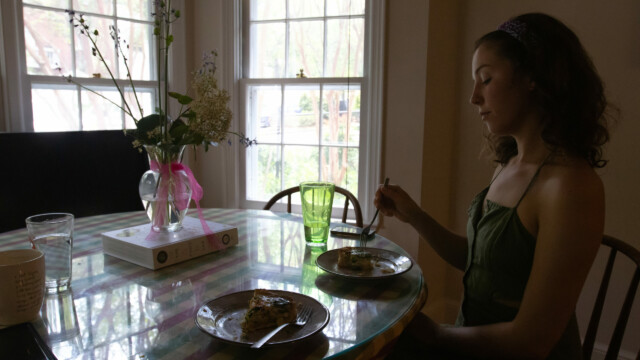

Flagpole: Tell us a little bit about your research at UGA’s Warnell School of Forestry and Natural Resources. How has the pandemic impacted your academic pursuits?
Krishna Sharma: I am actually supposed to be in the field right now—on St. Catherine’s Island off the Georgia coast to study butterfly migration, but travel to the island has been suspended due to COVID. Thus, I have instead been staying inside and doing a literature synthesis project which, admittedly, isn’t as nice as counting butterflies on an island like I was supposed to be. The future of my research is fairly thrown up in the air now, and that is definitely a source of anxiety. I might not be able to do my butterfly research at all, which I was given a grant for $3000 by the American Museum of Natural History to complete.
Flagpole: What role does photography serve in your personal life?
KS: Photography for me is incredibly important. It feels like it captures a truth you can’t otherwise see in reality. I’m not sure how best to articulate it, but I think photos are one of the most powerful artistic tools to poignantly capture a moment that can’t be fully appreciated in the traditional passing of time we all experience. They also personally fulfill me a lot. For example, I recently felt kind of detached and depressed while isolated during COVID, so I used my camera to do a self-portrait series for the first time, capturing nude images of my body, and it so completely and fully reconnected me to myself. I was kind of shocked how much better I felt afterwards. Whenever I capture a photo that speaks to me, whether of a flower or myself or a protest, it fills me with a love and passion for life and humanity. It’s a bit cliché, but it really rushes me over with a feeling of beauty.
Flagpole: Many of your images and poems center around the theme of love. How would you describe the experience of having your partner double as your muse throughout the quarantine?
KS: Having my partner in quarantine honestly was probably too enjoyable given the circumstance. We are a long-distance relationship, and actually because of COVID, a short visit together turned into a long one. So, while the world was starting to take on a catastrophic atmosphere, our personal relationship was really quite lovely and loving, as we got to spend so much time together, which is a strange irony. Unfortunately she had to go back to Boston (where I’m from, she is also a graduate student there), and so I’ve been isolated for a few months here in Athens. And it is definitely harder to be long-distance and isolated in a time like this. You are right that she is my “muse” though; our relationship inspired me to publish a book of love poetry, and she has been the center of many of my photographs. I guess I’m hopelessly romantic.
Flagpole: Your photograph of graduating seniors posing for portraits in front of the arch, juxtaposed with masked Black Lives Matter protestors in the foreground, demonstrates a stark divide in the Athens community—and totally went viral. How did observing this scene personally make you feel? What do you hope viewers will consider when they see this image?
KS: This is definitely my “15 minutes of fame.” I’m not sure if you saw I was able to write a piece in the Athens Banner Herald about it, which featured the photo, and I lay out most of my thoughts there. I think it’s absolutely fantastic what happened. It’s funny how it even got famous—I posted it on Instagram and got maybe 30 likes. Then an acquaintance whom I haven’t talked to in 10 years messaged me on Facebook saying he posted it on Twitter for his 16 followers, all in the CA Bay Area, to see. The next morning I woke up and it had 11,000 retweets! He deleted it out of fear of backlash since it’s a pretty contentious photo, but after I posted it again on Instagram with a full description of my thoughts, the Athens community kept heavily circulating it. It pretty much had its own life and career, though I think the description I wrote with it helped spur a lot of conversation. I was really impressed how DZ (the sorority in the pic) responded as well as they could, and I’m proud how much it moved so many people. The personal messages I got from sorority members or others saying it helped them rethink their life or what exactly is happening in our country meant the world to me—more than it’s prolific spread, or the article I got to publish.
So to answer the latter part of the question, what do I want viewers to see, I might say check that Banner-Herald article for a more thorough answer, though briefly I’d summarize that the Athens community’s proliferation of the photo puts as much meaning to it as the photo’s documentation itself. The image speaks on white privilege and problems with Greek life—not that the girls in the photo are to be lambasted by the public, but instead they serve as symbols of bigger problems. Apparently the girls in the photo resented this whole thing and were never apologetic during DZ meetings (as told to me by a member), which is a bit sad, but so many other DZ members and Athens members at large took this photo to mean something less personal and created change afterwards. For example, a new UGA organization, Pledge Against Racism, formed in response to my photo, and were recently featured on “Good Morning America.” Can you believe that?!
To re-visit your first point, how did this scene make me feel in person, well, honestly I felt “this will be a great photo.” I ran across the street during traffic, framed it and waited for the hood of a car to peek in before snapping it to get a sense of motion in the image. I wasn’t necessarily unraveling the symbolism of the photo at that moment—it was just an instinctual “wow, look at that juxtaposition.” It was Athens that fulfilled its potential.
Like what you just read? Support Flagpole by making a donation today. Every dollar you give helps fund our ongoing mission to provide Athens with quality, independent journalism.




